Indian National Flag: Our Tiranga is our pride and a profound symbol of our country's unity and sovereignty. Indians respect and adore their flag like their personal responsibility, which represents the value of this flag to all Indians. On every occasion of national celebration, the Indian flag is the one that remains the centre of enthusiasm and unity. A mere presence of tiranga is enough to boost morale and confidence in every Indian. This Republic Day, let us know all about our Indian flag and any questions related to it. In this article, you will learn about the history of the tiranga, the physical features of the Indian flag, and the rules related to the Indian flag.
Also Read - Speech on Independence Day 15th August in English
History of the Indian National Flag (Tiranga)
Bengal Partition
We Indians add value to every piece we possess, and we respect our pride and cultural diversity. Now, when we go anywhere in the world with a Tiranga printed on our bag or shirt, everyone can recognise us as Indian. This is the value of our national flag. But in the pre-independence period, we never had a national flag to represent our culture and us as a nation. This need was recessive until the partition of Bengal was announced. This was the day that became the national day of mourning. After a year of this decision, a flag was unfurled as a symbol of the anti-partition movement, whose designer was Sachindra Prasad Bose. Later on, with the annulment of the Bengal partition, people forgot about this flag.
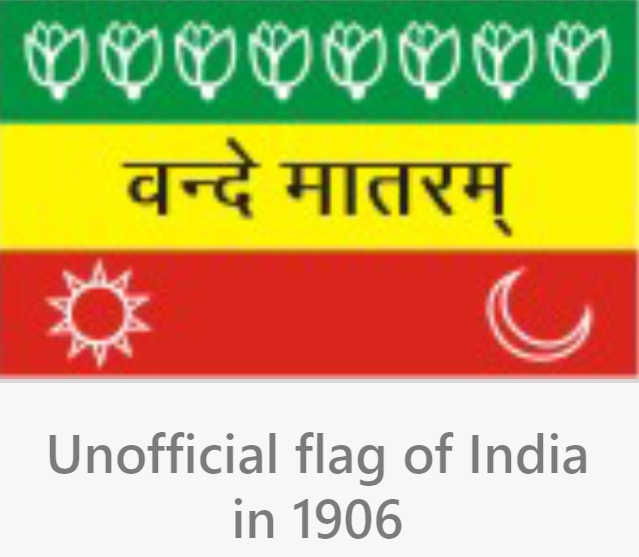
Bhikaji Cama at the 2nd International Socialist Congress
In 1907, Madam Bhikaji Rustom Cama (an Indian Politician) waved a flag after giving a speech at the second International Socialist Congress in Germany on the political struggle with the British. This flag was made by Hem Chandra Das.
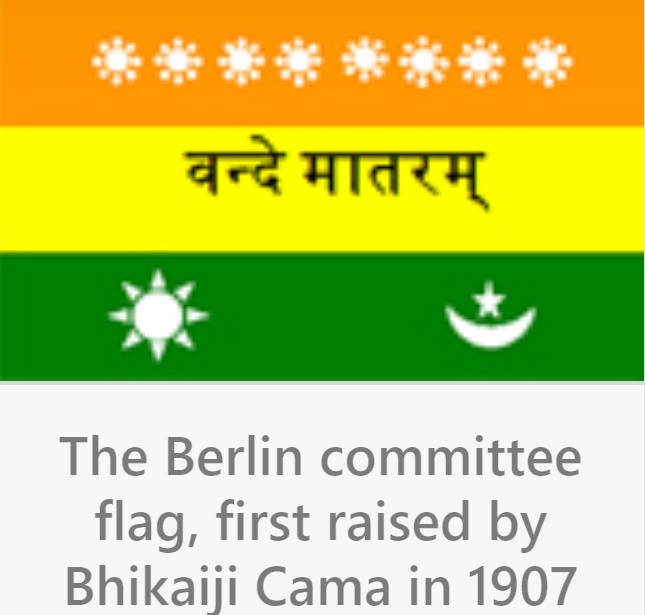
Home Rule Movement
After around 10 years of the 2nd International Socialist Congress in Germany, in 1917, Bal Gangadhar Tilak and Mrs. Anne Besant designed a flag as a symbol of their Home Rule Movement.
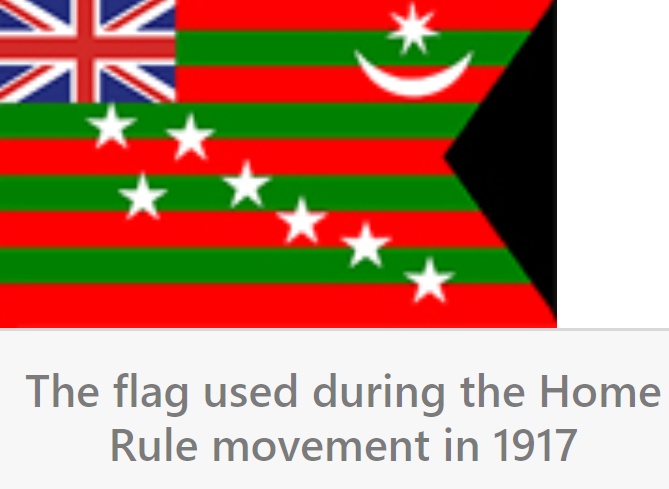
Gandhi Ji’s Idea of the Indian National Flag
In 1921, to give more vision to the Indian freedom movement, Gandhi ji presented his idea of a national flag to Mr. Pingley Venkayya. He suggested having a ‘Charkha’ in the Indian national flag to represent self-reliance, progress, and the common man. Mahatma Gandhi requested Venkayya to design such a flag. This flag was given the names ‘Swaraj Flag’, Gandhi Flag, and the Charkha Flag.
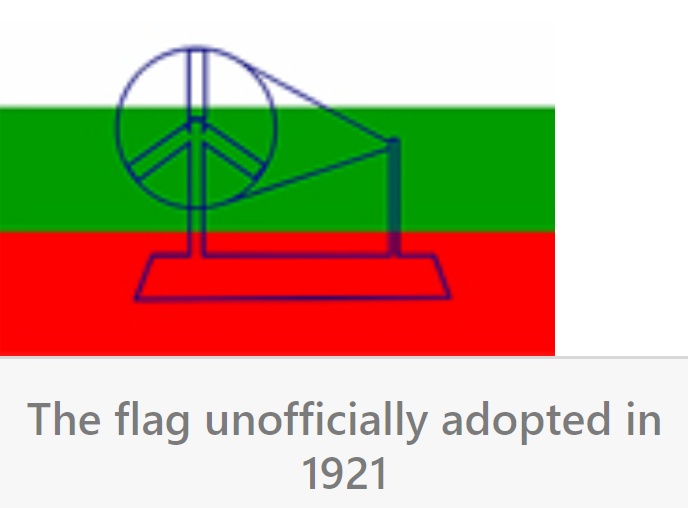
Modification to the Charkha Flag
In 1931, the Gandhi Flag, or Charkha Flag, faced modification and was resigned by the seven-member flag committee that was established in Karachi. The committee changed the colours and the direction of Charkha to give it a new look. Nehru, Patel, and Azad were the three main members of the flag committee.
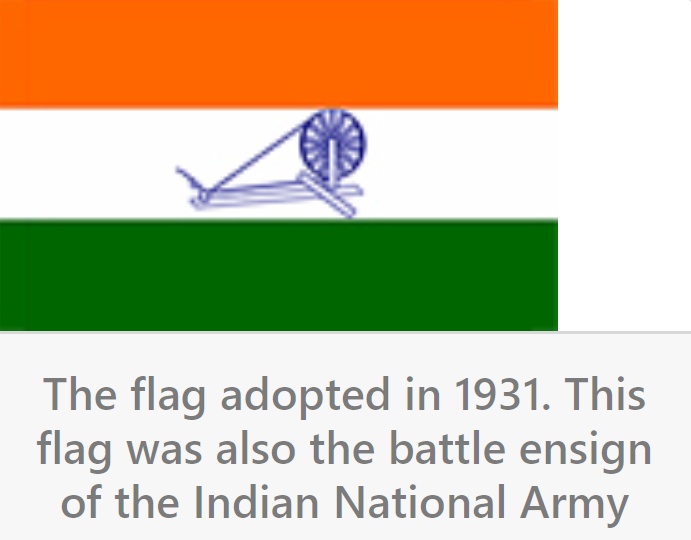
The Final Look of the Indian National Flag
In 1947, when Lord Mountbatten finally announced his intention to free India from British rule, the need for a national flag with the acceptance of all political parties was raised. An ad hoc committee under the guidance of Dr. Rajendra Prasad was given the responsibility to design the national flag, which represents a free India. After Gandhi's consent, the committee decided to modify the existing Charkha Flag (Pingley Venkayya's flag). Now the Charkha is replaced with the emblem of Ashoka’s Sarnath pillar, the wheel. The tricolour of Tiranga had no communal significance, so on July 22, 1947, our Tiranga Jhanda (Indian National Flag) was finally adopted.
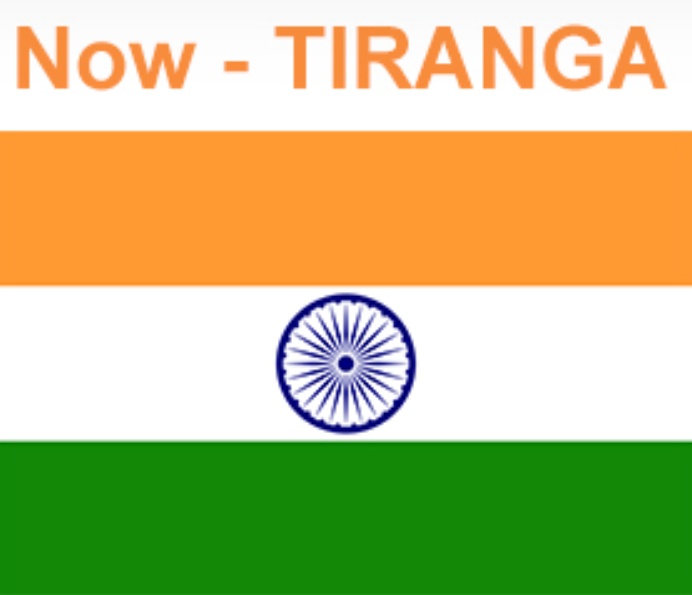
Source: Flag Foundation of India
Physical Features of Tiranga: National Flag Information
- The Indian national flag is horizontally rectangular in shape.
- The Indian flag has four colours. Saffron, white, green (primary colours), and navy blue (secondary colour, the colour of Ashok Chakra)
- The saffron colour signifies courage, sacrifice, valour, wisdom, and action.
- The white colour signifies purity, peace, and tranquillity.
- The colour green signifies growth, vegetation, agriculture, and plant life.
- The navy blue colour represents the boundless sky, the fathomless sea, and the inner energy.
Source: Flag Foundation of India
Tiranga Related Rules
- The flag can be flown day and night if it is placed in the open or on a house.
- It must be lit if left to fly at night.
- The Flag shall not be displayed with the "saffron" down.
- The Flag shall not be allowed to touch the ground or the floor or trail in water.
- Tiranga, or the Indian national flag, can be part of a costume. Therefore, it can be printed or stitched. But it should not be below the waistline.
- Tiranga should have its position to the left if flown with the national flag of another country.
- However, it can be flown on either slide if flown with the United Nations’ flag.
This is all about the history of national flag of India. This article was designed for students to know the history of their pride, their national flag which they can utilise in quizzes at independence day. From here, teachers can frame interesting speech and ideas to teach students about Tiranga.
A true Indian is one who respects the National flag daily, not just on occasions like Independence Day or Republic Day. We should feel proud of our nation every day. This same learning should be given to students, as they are the seeds that will bear fruit in the future.
To know more about the physical features and related rules of Tiranga read the Flag Code of India 2002.
Also Read:
Comments
All Comments (0)
Join the conversation